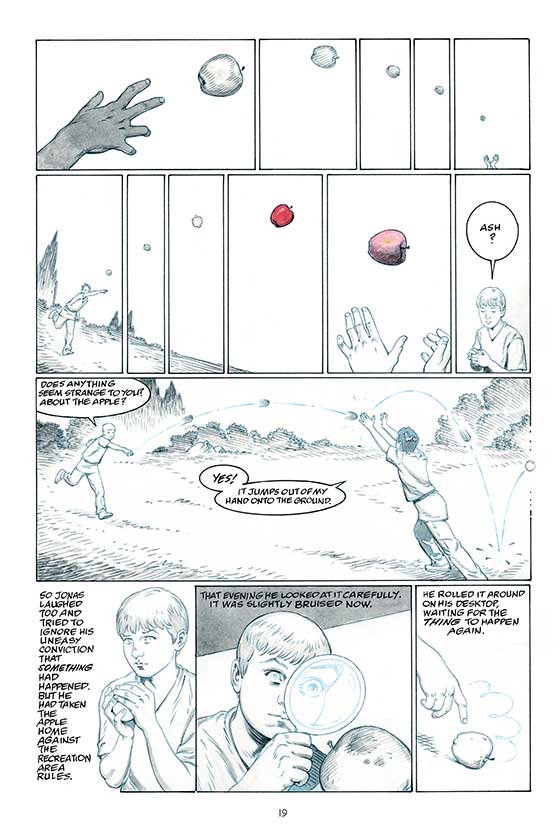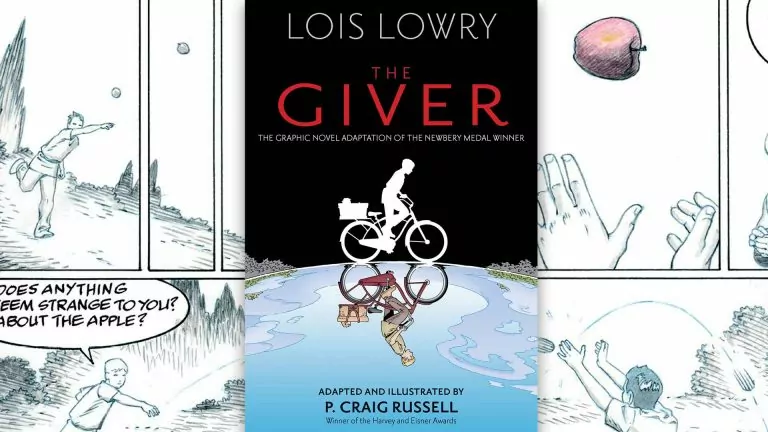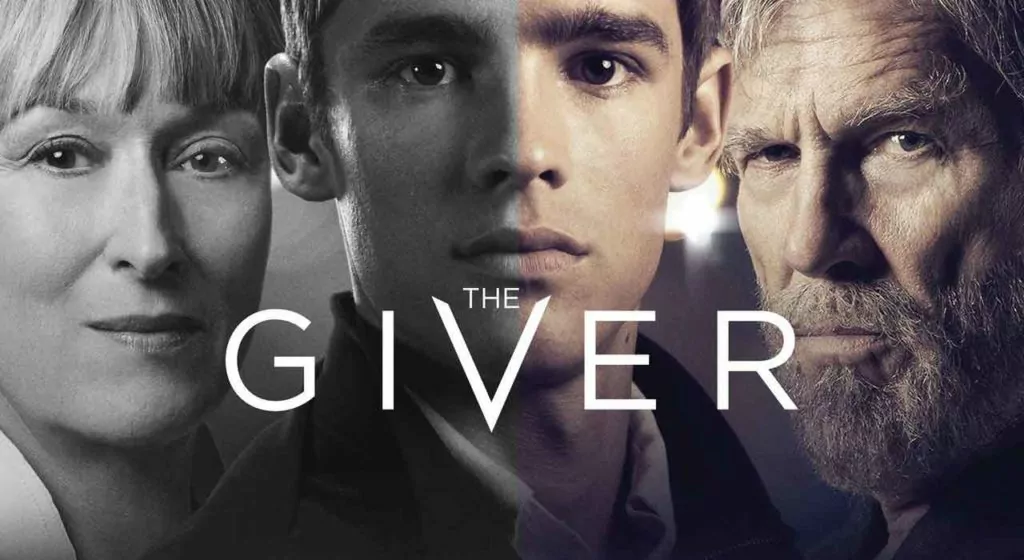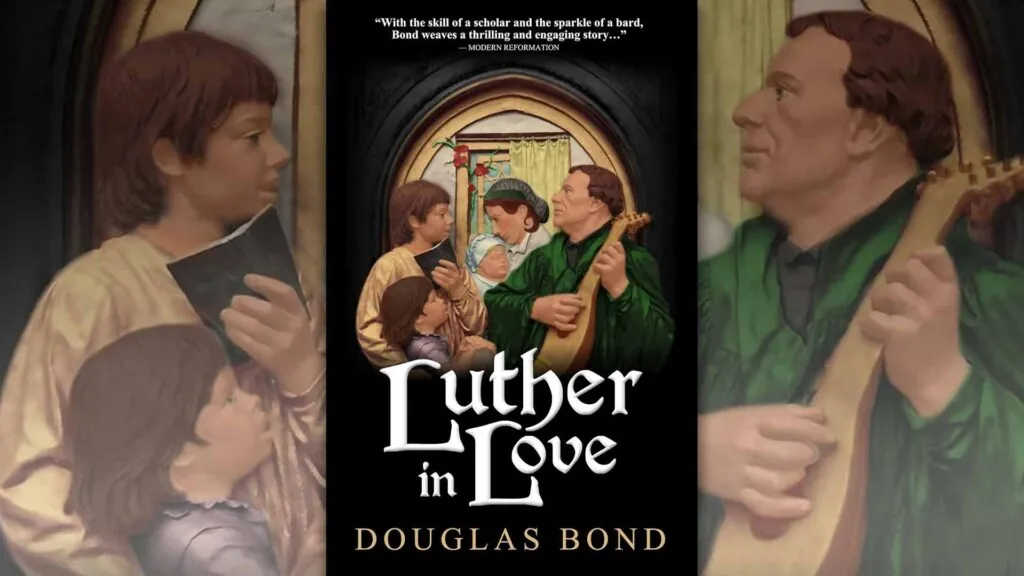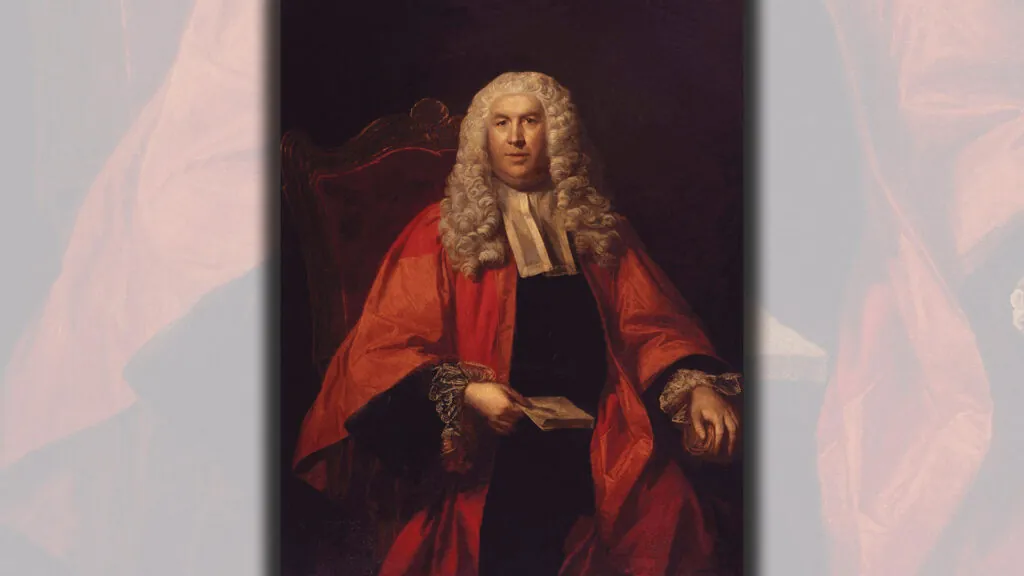by Lois Lowry
adapted and illustrated by P. Craig Russell
2019 / 176 pages
It’s a hundred or so years in the future. War has been eliminated by muting mankind’s emotions and by eliminating the conflict that comes when we have to make choices. Not only are everyone’s jobs chosen for them, so is their spouse, and even the kids they will raise. 12-year-old Jonas has been given a unique role, being trained by The Giver to know and understand the past, so he can use that knowledge to advise the community in times of crisis. But as he becomes the best-informed citizen in his community he discovers things that horrify him – choices are also being made for the citizens as to who will live and who will die.
My brother Jeff has done a great review of the book this is based on, so I’m going to focus on what makes this graphic novel different from the book.
GRAPHIC NOVEL VERSION
Most graphic novel adaptations are much shorter than the source material they are based on, in part because all the descriptive passages in the book can become pictures instead, and also because the plot is usually simplified. But this one is every bit as long as the original, with every scene in the book included.
Jonas’s discovery of color is a big theme in the novel. In the muted world in which they all live, citizens have lost the ability to see color, but as Jonas learns more about the past, he gains insight into the present and starts gaining the ability to see reds, and greens, and yellows. So first, adapter P. Craig Russell shares Jonas’ muted world by depicting everything not simply in black and white – that would be a bit boring – but also with subtle splashes of blue.
And as Jonas learns how to see more, we begin to see increasing flashes of vibrant color, to show his growing awareness of just how exciting and intriguing a place of discovery the world can be. It’s fun to see in pictures this transition from dull to brilliant. In these sections, the comic might even be better than the book.
But pictures also present challenges. It can be hard to visually depict what’s going on in someone’s head. To make up for that Russell carries over a lot of the text from the book. But he can’t use all of it, which is why in the original the characters are all a little deeper, a little more realized.
CAUTIONS
And sometimes showing is more problematic than telling. In one scene in the book Jonas helps bathe the elderly. In the comic Russell has to use just the right angles to ensure all we see are the knees down or the shoulders and up.
Nudity of a sort comes up in one other scene, which is the book’s most troubling, even without the visual element. [SPOILER ALERT] Jonas discovers that unwanted babies are killed via lethal injection, and even in muted pictures it’s quite horrible. Russell is restrained, but the idea of murdering infants is so unpleasant that any pictures, even muted ones, just add to the horror. That said, the scene is not at all graphic. I’ll also note that the baby is shown fully naked, with scant detail, but enough to tell that it is a boy.
CONCLUSION
This is every bit as good as the novel, though both have their different strengths. I’d recommend this to teachers as a slightly easier way for reluctant readers to access this book. But like the novel, and the film too, this comic needs to be discussed. Its teen audience needs to wrestle with the warnings given in this story – the danger of governmental control, the false compassion of euthanasia, the potential and peril of emotions – but they’ll most likely need help. So this is a great conversation starter, but a guide will be needed.
